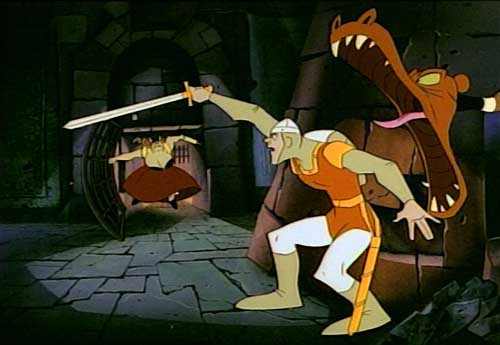Author and game designer
Jane McGonigal recently
announced the beta release of
SuperBetter, a gaming platform designed to help people achieve their health goals — or recover from an illness or injury — by increasing personal resilience. This site developed out of McGonigal's
real world experience with recovering from a Mild Traumatic Brain Injury in 2009. In addition to traditional game mechanics, SuperBetter features insights into the latest scientific and clinical research.
With serious games like SuperBetter taking off and unemployment at post-Depression highs, what time would be better than now to gamify the job hunting process. Two of my friends, quite independently, have been doing a lot of thinking about this.
A casualty of the ailing economy, digital marketing strategist
Jon Loomer recent launched a social media game called
#GetLoomerAJob. In this game, friends can earn points by publicizing Loomer's job search on Twitter, Facebook, or LinkedIn, or by making introductions. The person who gets Loomer a job and the person who helps out the most are eligible for some cool prizes including a day donated to the winner or company/charity of his or her choice. Whether or not Loomer lands a job thru this game, Loomer displays his digital marketing chops in spades. Total creative brilliance!
Brooke Allen, the creator of
No Shortage of Work (a blog dedicated to the proposition that there is NEVER a shortage of work, and that there are always ways we can collaborate to accomplish things, and to learn from each other), approached this problem from point of view of making it fun to learning new skills and hunt for a job. In a
recent post, Allen discusses how "Jobsville" can help put America back to work with gamification expert,
Gabe Zicherman.
What do you think? What would get you to play the Job Hunting game?






